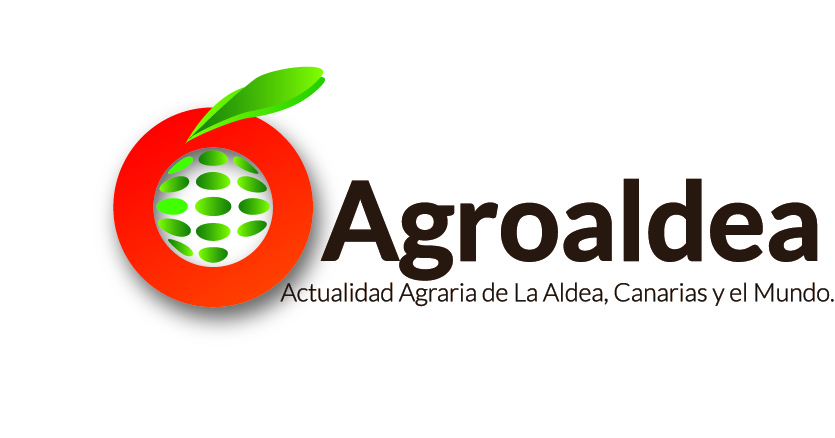 Found in fried foods, but also in coffee, bag potato chips, cookies or baby food.
Found in fried foods, but also in coffee, bag potato chips, cookies or baby food.
The European Authority for Food Safety, EFSA, has warned that the presence of acrylamide in food, a compound that forms during heating at high temperatures, “potentially increases the risk of developing cancer in consumers of all ages”.
EFSA has opened a public consultation on its draft scientific opinion, and hopes to collect until the next 15 feedback from all stakeholders, with a view to adopting a final opinion.
It's been ten years since Swedish scientists demonstrated the presence of a substance called acrylamide in certain foods., although the harmful effects of this chemical compound and its relationship with tobacco were already well known.
So given its toxicity and possible carcinogenic effect, This finding aroused much interest among the scientific community, beginning an investigation to better understand the formation, and subsequently the possible reduction, of this substance in food.
Acrylamide in food is produced through the same chemical reaction as “support” food when cooked at high temperature (more than 150 degrees Celsius). In particular it occurs during frying and baking at temperatures above 100 degrees Celsius of plant foods rich in sugar and low in protein.
The formation of this compound depends directly on three factors. These would be: the characteristics of the food, the temperature of baking or frying and also the time that this heating occurs.
In relation to the characteristics of the food, It is confirmed that foods rich in carbohydrates, as well as that they have the presence of an amino acid called asparagine in their composition, are the most susceptible when subjected to high temperatures to cause a chemical reaction called Maillard, which will lead to the formation of acrylamide in them.
On the other hand, the higher the frying or baking temperature in these products, the higher the levels of acrylamide in the food. So at temperatures of 175 degrees its formation is already detected, but it is very evident when we exceed temperatures of 200 degrees in our roasts or frying.
But not only the isolated grades influence the formation of these toxic compounds, but repeated heating of these foods increases the concentration in them, a clear example would be reheating in the microwave after deep frying. Here the levels of acrylamide will increase significantly.
The coffee, potato chips bag, the cookies, toasted breads and some baby foods are important sources of acrylamide. Considering your body weight, children are the most exposed by age group.
National and European authorities already recommend reducing acrylamide in food where possible and provide food preparation advice to consumers and manufacturers.
Among the tips to reduce the formation of acrylamide in food in our house are:
-Minimize cooking times.
-brown food, don't let them brown too much.
-Foods that are roasted or fried in large, thick pieces contain less acrylamide..
-In biscuits and pasta, varnishing them with egg or egg yolk prevents the formation of acrylamide to a certain extent..
-If we make French fries in the oven, spread over the plate evenly and without stacking. Bake in batches of at least half a kilo for each plate so that the potatoes do not dry out..
-Change our preferences and consume natural coffee instead of roasted.
-Always use boiling instead of cooking processes at high temperatures.
-Avoid reheating previously fried foods in the microwave.
-If we use a fryer, always check the temperature of your thermostat, avoiding top positions.
It is true that it will be impossible to completely eradicate acrylamide in our food, but we can limit it. Good habits in the kitchen can greatly help to achieve healthier and safer carbohydrate foods.

